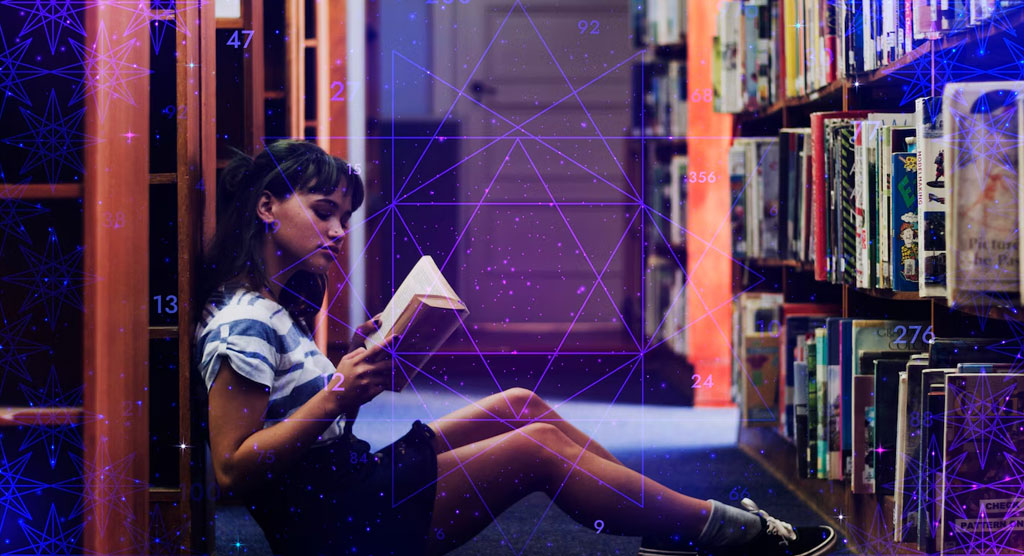Prof.(Dr) Pankaj Kumar Mishra, Pro Vice Chancellor, Future University, Bareilly
Artificial Intelligence (AI) has moved beyond the realm of science fiction to become a transformative force across industries, with education at the forefront of this revolution. From tailoring learning experiences to optimizing institutional operations, AI is redefining how students learn, teachers teach, and schools function. As this technological wave reshapes education, it offers immense opportunities alongside challenges that require careful consideration.
The cornerstone of AI’s impact is personalized learning, a shift from the traditional one-size-fits-all classroom. Students differ in their learning pace, styles, and interests, yet conventional systems often fail to accommodate these variations. AI-driven platforms like Khan Academy and Duolingo analyze student performance in real-time, identifying strengths and gaps to deliver customized content. A student struggling with geometry might receive targeted exercises, while an advanced learner could tackle complex problems. According to a 2024 Gates Foundation study, students using AI tools saw test scores rise by up to 15% compared to traditional methods. This individualized approach enhances academic outcomes and fosters engagement, making learning more meaningful.
Teachers are also reaping AI’s benefits. Educators often face time-consuming tasks like grading and lesson planning, limiting their ability to connect with students. AI alleviates this burden—tools like Gradescope provide instant feedback on assignments, while platforms like TeachFX analyze classroom dynamics to suggest engagement strategies. These innovations don’t replace teachers; they empower them to focus on mentorship, creativity, and fostering critical thinking—qualities no machine can replicate. By streamlining routine tasks, AI allows educators to prioritize the human elements of teaching.
Institutionally, AI enhances efficiency and student support. Predictive analytics help schools identify at-risk students, flagging potential dropouts or academic struggles early. Georgia State University’s AI chatbot, “Pounce,” reduced dropout rates by 22% by guiding students through enrollment and financial aid. Virtual assistants handle routine inquiries, freeing staff for complex tasks, while AI optimizes budgets and facilities based on data trends. These advancements create smoother operations and better student experiences.
In a groundbreaking development, Future University in India has emerged as the nation’s first fully AI-enabled university, setting a new benchmark for higher education. Launched in 2024, the university integrates AI across its academic and administrative framework, offering students AI-driven personalized learning paths, virtual mentors, and real-time career guidance. Faculty benefit from AI tools that enhance research capabilities and streamline course design, while the campus uses AI-powered systems for energy management and student support services. This pioneering model not only elevates the learning experience but also positions India as a global leader in AI-driven education innovation.
However, AI’s promise comes with hurdles. Equity is a major concern—advanced AI tools require digital infrastructure that many schools, especially in low-income areas, lack. UNESCO’s 2023 report noted that 60% of schools in low-income regions globally have no basic internet access, risking a wider educational divide. Privacy is another issue, as AI systems collect sensitive student data, raising concerns about security and consent. Over-reliance on technology also sparks debate—can AI replicate a teacher’s empathy or inspiration? Critics fear an algorithmic approach might erode the human connection central to education.
Despite these challenges, AI’s potential to democratize learning is vast. Platforms like Coursera use AI to deliver affordable courses globally, breaking geographic barriers. AI-powered virtual reality lets students explore historical sites or conduct virtual experiments, enhancing accessibility, including for those with disabilities. Language translation tools make content available to non-native speakers, promoting inclusivity.
To maximize AI’s benefits, collaboration is essential. Policymakers must invest in digital infrastructure and teacher training to ensure equitable access. Clear data privacy regulations are needed to safeguard students. Educators should use AI as a tool to enhance, not replace, their role. The future classroom is taking shape, with AI as its architect. By guiding this transformation thoughtfully, we can build an education system that empowers every learner to thrive in a rapidly changing world.
The post AI and Education: The Journey from Gurukul to Google appeared first on India Didactics Association.


